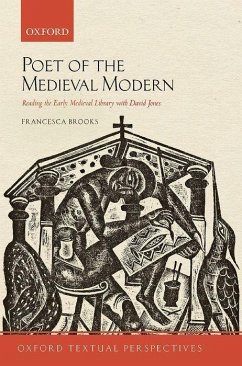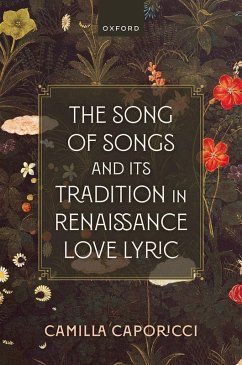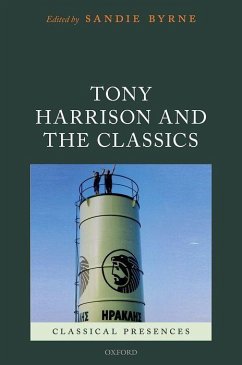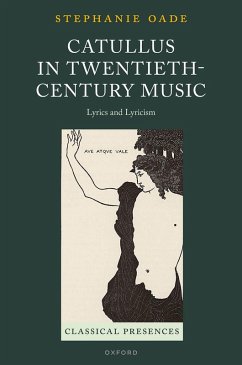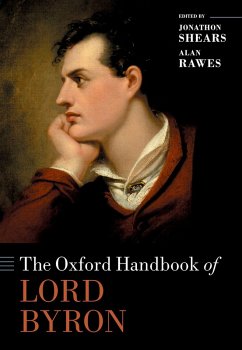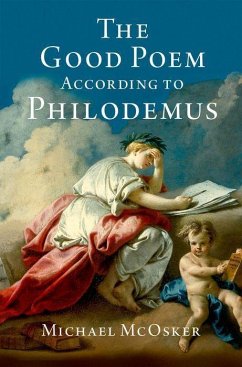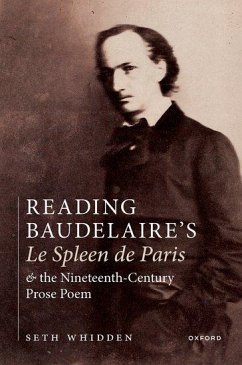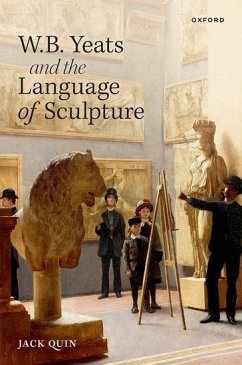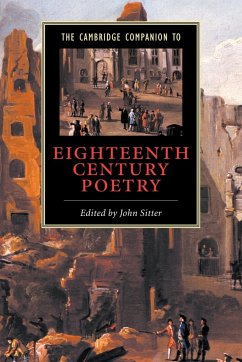
Chaucer in the Eighteenth Century
The Father of English Poetry
Versandkostenfrei!
Versandfertig in über 4 Wochen
138,99 €
inkl. MwSt.
Weitere Ausgaben:

PAYBACK Punkte
69 °P sammeln!
Examines how the poetry of Chaucer continued to give pleasure in the eighteenth century despite the immense linguistic, literary, and cultural shifts that had occurred between the fourteenth and eighteenth centuries.




